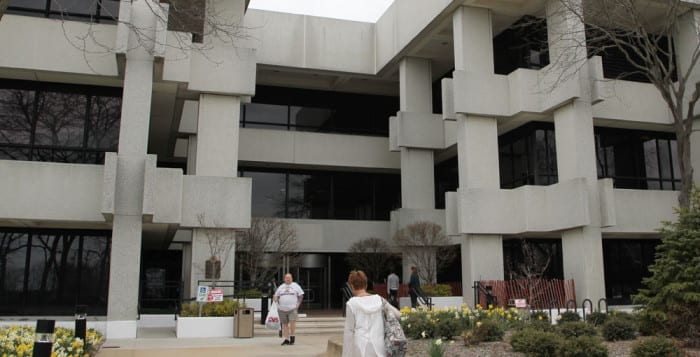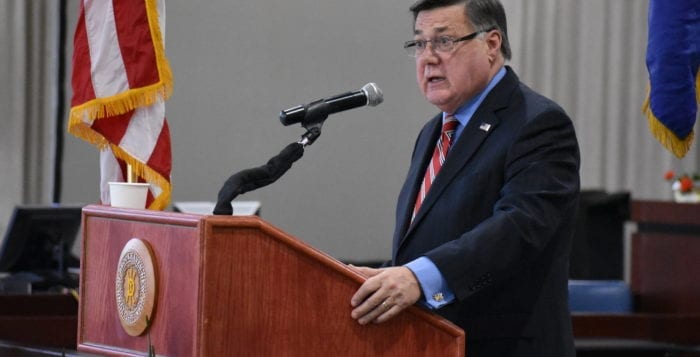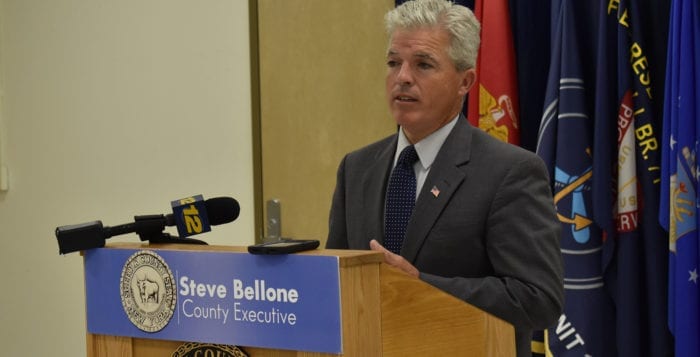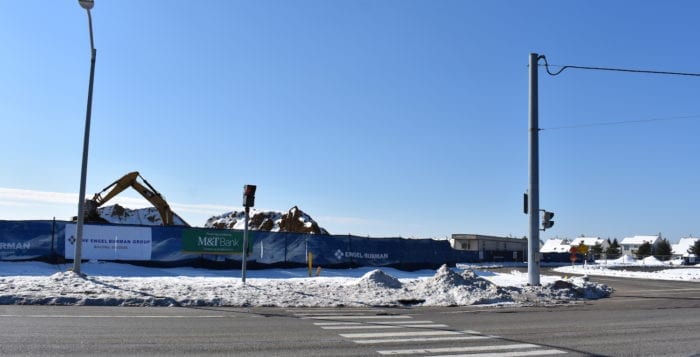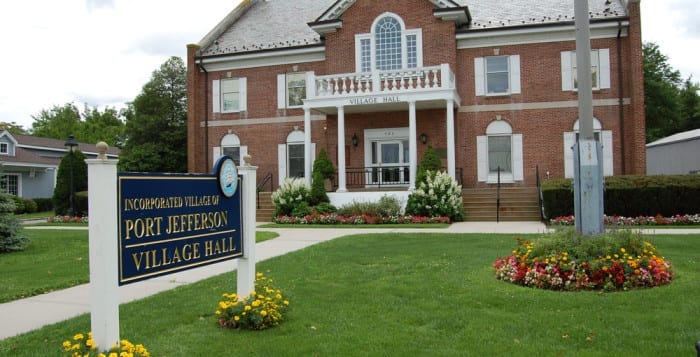By Michael Christodoulou

As we begin the new year, you may be receiving various tax statements from your financial services provider — so it’s a good time to consider how your investments are taxed. This type of knowledge is useful when you’re doing your taxes, and, perhaps just as important, knowing the type of taxes you generate can help you evaluate your overall investment strategy.
To understand the tax issues associated with investing, it’s important to understand that investments typically generate either capital gains or ordinary income. This distinction is meaningful because different tax rates may apply, and taxes may be due at different times.
So, when do you pay either capital gains taxes or ordinary income taxes on your investments? You receive capital gains, and pay taxes on these gains, when you sell an investment that’s increased in value since you purchased it. Long-term capital gains (on investments held more than a year) are taxed at 0%, 15% and 20%, depending on your income.
Also, qualified dividends — which represent most of the dividends paid by American companies to investors — are taxed at the same rates as long-term capital gains. (Keep in mind that you’ll be taxed on dividends even if you automatically reinvest them.)
On the other hand, you pay ordinary income taxes on capital gains resulting from sales of appreciated assets you’ve held for one year or less. You also pay ordinary income taxes when you receive “ordinary” dividends, which are paid if you purchase shares of a company after the cutoff point for shareholders to be credited with a stock dividend (the ex-dividend date).
Because your ordinary income tax rate may be much higher than even the top long-term capital gains rate, you may be better off, from a tax standpoint, by focusing on investments that generate long-term capital gains. And the best strategy for doing just that is to buy quality investments and hold them for the long term. By doing so, you could also reduce the costs and fees associated with frequent buying and selling.
The investment tax situation has another twist, though, because not all ordinary income is taxable — and if it is, it may not be taxable immediately. The most common example of this is tax-deferred accounts, such as a traditional IRA and 401(k). When you take money from these accounts, typically at retirement, you’ll pay taxes at your personal tax rate, but for the years and decades before then, your taxes were deferred, which meant these accounts could grow faster than ones on which you paid taxes every year. Consequently, it’s generally a good idea to regularly contribute to your tax-advantaged retirement accounts.
Finally, some investments and investment accounts are tax free. Municipal bonds are free from federal income taxes, and often state income taxes, too. And when you invest in a Roth IRA, your earnings can grow tax free if you don’t start taking withdrawals until you’re at least 59½ and you’ve had your account at least five years.
Ultimately, tax considerations probably shouldn’t be the key driver of your investment choices. Nonetheless, knowing the tax implications of your investments — specifically, what type of taxes they may generate and when these taxes will be due — can help you evaluate which investment choices are appropriate for your needs.
Michael Christodoulou, ChFC®, AAMS®, CRPC®, CRPS® is a Financial Advisor for Edward Jones in Stony Brook. Edward Jones, Member SIPC



